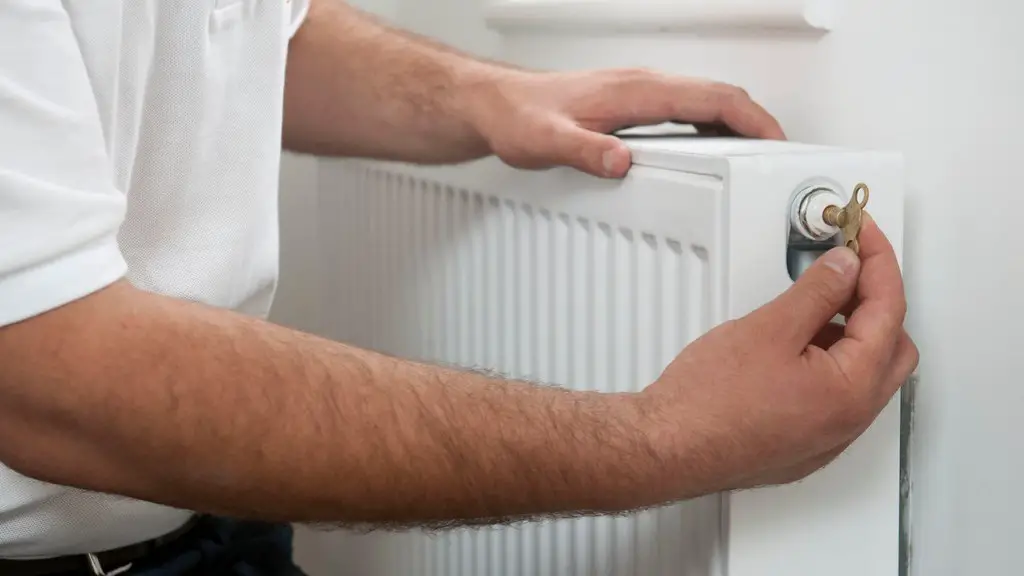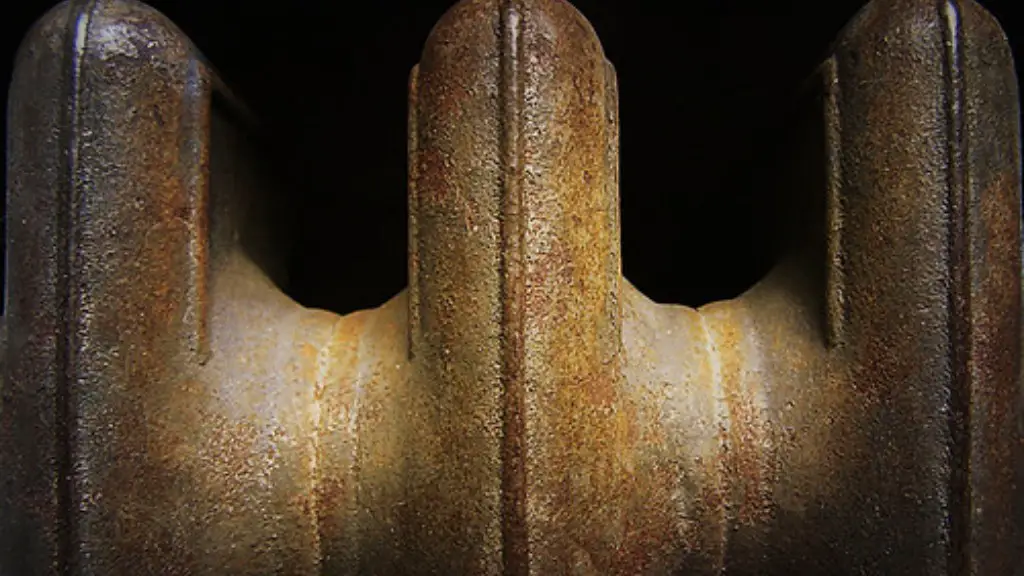In order to keep your car running smoothly, it is important to regularly flush your radiator. Radiator flushes help remove any built-up grime or debris that may be clogging your engine. Most mechanics recommend flushing your radiator every 30,000 miles.
Most mechanics will recommend that you flush your radiator every 30,000 miles or so.
Are radiator flushes necessary?
Flushing your radiator is a good way to remove scale deposits and rust. Over time, these deposits can build up and cause problems with your radiator. Flushing helps to take out these deposits, which can then be washed away with the antifreeze.
If you notice any of the following signs, it may be time for a radiator fluid flush:
1. High engine temperature gauge: If the engine temperature gauge on your dashboard is consistently reading higher than normal, it could be a sign that your radiator fluid needs to be flushed.
2. Engine overheating: If your engine starts to overheat, it could be due to a build-up of debris and contaminants in your radiator fluid. Flushing the fluid will remove these and help to keep your engine running cooler.
3. Your car smells like maple syrup: If your car smells sweet, like maple syrup, it could be a sign of radiator fluid leaks. The sweet smell is due to the glycol in the fluid, which can leak out if there are any cracks or holes in the radiator.
4. White engine vapor or orange/green fluid leaks: If you see white vapor coming from your engine or orange or green fluid leaks, it could be a sign that your radiator fluid needs to be flushed.
5. Routine maintenance mileage: Many carmakers recommend that you flush your radiator fluid every 30,000 miles or so as part of routine maintenance. If it’s been awhile since your last flush, it may
How much should a radiator flush cost
If your vehicle’s coolant system needs to be flushed, you can expect to pay between $100 and $150 for the service. The cost will depend on your vehicle’s coolant capacity and whether or not you are using chemicals or soap to flush the system before refilling it.
It’s important to change your radiator coolant every few years to prevent corrosion and build-up of debris. Over time, radiator coolant can break down and become contaminated, which can lead to radiator damage and engine problems. If you haven’t changed your radiator coolant in a while, it’s a good idea to do so soon to avoid any potential problems.
Can radiator flush damage?
It’s important to keep your cooling system clean and free of contaminants. Flushing it out with a modern coolant can help keep it running smoothly and prevent damage to your engine.
A coolant flush is a process of draining all the old coolant from your car’s cooling system and replacing it with new coolant. This is important because over time, your car’s coolant can become contaminated with rust, scale, and other debris. A coolant flush will remove all this debris and help keep your car’s cooling system in good working order.
Can radiator flush damage engine?
Performing a radiator flush can be beneficial to your car’s overall health, and will not cause any problems if done correctly. Flushing the radiator gets rid of any buildup of debris or transport and allows the coolant to circulate more freely. As a result, your car will likely run better and more efficiently.
A coolant flush is a process in which all the fluid is removed from the cooling system, and new fluid is added. This is done to make sure that the cooling system is clean and free of any debris or contaminants.
Does radiator flush improve performance
A coolant flush is a process in which a mechanic flushes out the old coolant from your engine and replaces it with fresh, new antifreeze. This process is important for the health and protection of your engine, as it ensures that your engine is properly cooled and protected from damage. You will likely notice an immediate boost in engine cooling and performance following this service.
It’s important to keep your cooling system in good working order to avoid engine damage from overheating. Jiffy Lube® can flush your radiator and change your engine coolant, helping to keep your engine cool and running efficiently for years to come.
Can I do a radiator flush myself?
It’s important to flush your radiator periodically to remove any debris or corrosion that might have accumulated. To do this, remove the radiator cap and pour distilled water into the radiator until it’s full. Then replace the cap and start up the vehicle. Let it run for 10 to 15 minutes to work the distilled water into the engine.
A coolant flush is a process in which all the old coolant is drained from a vehicle’s radiator and replaced with new coolant. This procedure is important in order to keep a vehicle’s engine running properly and to prevent overheating. A coolant flush typically takes around one hour to complete.
Does coolant flush help AC
A coolant flush is a process whereby all the coolant is removed from the engine cooling system and then fresh coolant is added. This helps to remove any debris or build-up that may have accrued over time and ensures that the system is running optimally. It also helps to protect the engine from overheating.
A coolant flush is a good idea because it helps to keep your car’s coolant fresh. However, you shouldn’t need to flush your car’s coolant until it has hit 100,000 to 150,000 miles.
What happens to coolant after 5 years?
If you notice your car’s coolant is becoming more acidic over time, it’s important to take action to prevent corrosion. Corrosion can damage the radiator, water pump, thermostat, radiator cap, hoses and other parts of the cooling system, as well as the vehicle heater system. This can cause a car engine to overheat, so it’s important to keep an eye on the coolant level and pH level to prevent any damage.
A radiator flush is a great way to remove all scale build-up and contaminants from your cooling system. It also lubricates the water pump and protects against future rust formation. Plus, it opens the opportunity to inspect the cooling system for any potential problems. So if you’re in need of a radiator flush and vehicle repair in Longview, WA, be sure to contact a reputable and experienced auto repair shop.
Final Words
There is no definitive answer to this question as it depends on a number of factors, including the make and model of your vehicle, your driving habits, and the climate you live in. However, most experts recommendflush your radiator every 30,000 miles or so to keep it running smoothly.
A radiator flush should be done every 30,000 miles or 2 years, whichever comes first.





